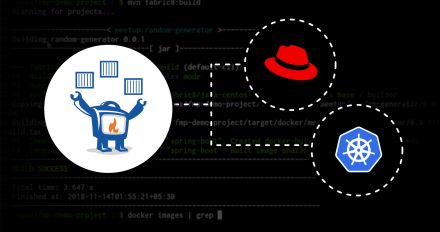
Migrating from Fabric8 Maven Plugin to Eclipse JKube 1.0.0
Explore Eclipse JKube 1.0.0 and learn how to migrate from your no-longer-supported Fabric8 Maven Plugin to JKube's Kubernetes or OpenShift Plugin.

Explore Eclipse JKube 1.0.0 and learn how to migrate from your no-longer-supported Fabric8 Maven Plugin to JKube's Kubernetes or OpenShift Plugin.

Learn how to switch OpenShift Virtualization from its default of hardware virtualization to QEMU-based software emulation.
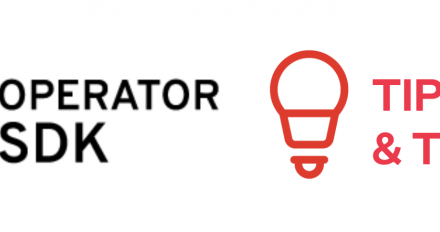
Discover tips and tricks for developing Kubernetes Operators using Operator SDK 1.0 and Helm, Ansible, or Go (even if you're not a Go developer).

Learn how to use Argo CD, Tekton, and OpenShift Pipelines to manage the CI/CD workflows for both your staging and production environments.
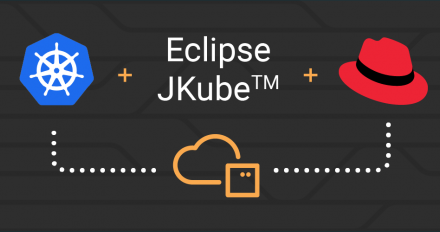
The Fabric8 Maven plugin is now Eclipse JKube 1.0.0. Explore what's new for building Java Maven containers, such as support for S2I build strategies.
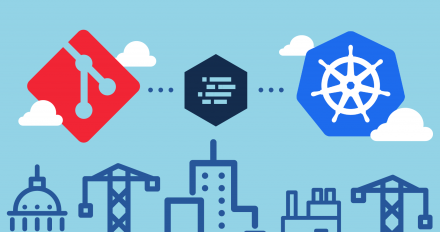
In this DevNation Tech Talk, we use git to deploy a GitOps tool, manage applications and cluster resources, and migrate an application with zero downtime.
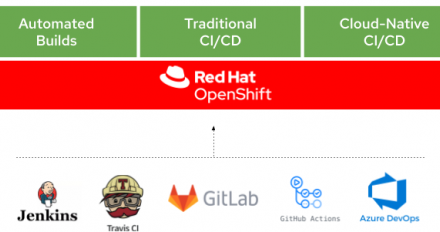
Learn where OpenShift CI/CD is today and how it's evolving toward the future through integrating cloud-native tools like Tekton, GitOps, and Argo CD.

Team Argo CD and Tekton together and create an end-to-end workflow for deploying clusters and applications through this example catalog project.
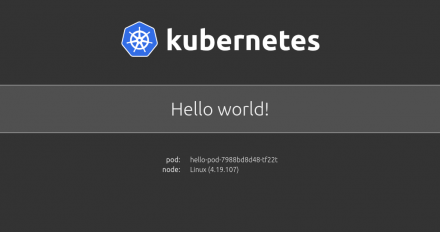
Create, test, and export a simple, custom namespace-scoped "Hello, World" Kubernetes Operator in Golang with the Kubernetes Operator SDK.

Discover Open Liberty 20.0.0.8's new JSON logging features that take advantage of the accessLogging logFormat attribute, and get started using them.

Multipath TCP is coming as a Tech Preview on upcoming RHEL 8.3. Learn how to run a basic client/server connectivity test.

Explore the range of Kubernetes 1.18-based technology updates that improve the operational and development experience when using OpenShift 4.5.
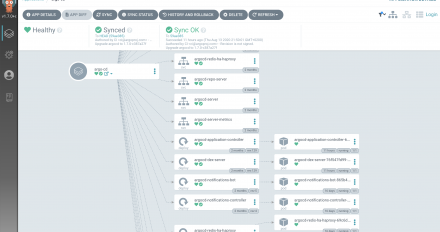
Check out the open source Argo CD GitOps Kubernetes Operator for declarative configuration on Kubernetes clusters, now available on Red Hat OpenShift.

Learn the fundamental concepts and benefits of Tekton and then practice using this framework in this KubeCon 2020 CI/CD and Tekton tutorial.

Compare Kubernetes development to OpenShift's CLI and native extension API resources, including build configs, deployment configs, and image streams.
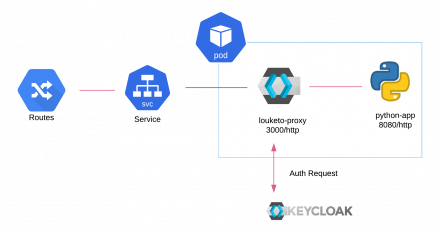
Learn how to use Louketo Proxy as a sidecar to provide authentication for your microservices that are built using multiple languages.

Learn how to experiment with your data models with Kale (a Kubeflow extension using JupyterLab's UI) to convert your notebooks to Kubeflow pipelines.
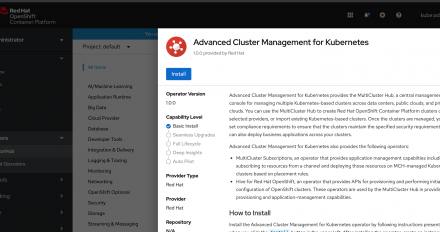
Learn how to set up your Red Hat OpenShift 4 environment for a Red Hat Advanced Cluster Management (ACM) for Kubernetes installation, and then install ACM.

Explore three options for customizing Open Data Hub or Kubeflow deployments: Edit manifests in a fork, create repositories with overrides, and add overlays.
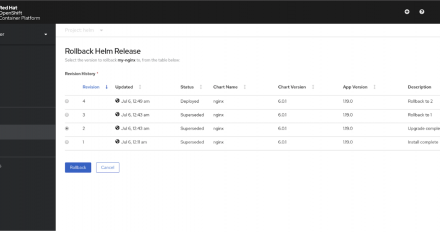
Explore the new features in OpenShift 4.5 for accessing and managing Helm chart release notes, upgrades, and rollbacks through the OpenShift web console.
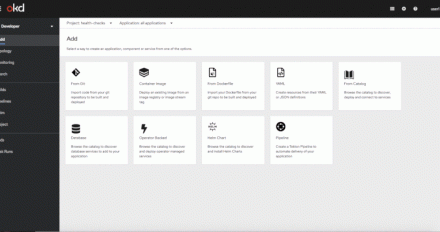
Learn how to improve application reliability and uptime in Red Hat OpenShift 4.5 with health checks using readiness, liveness, and startup probes.
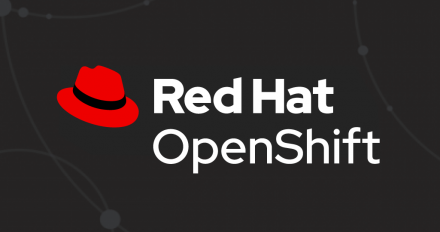
Preview OpenShift 4.5's developer goodies, such as creating event sources from the web console, an enhanced OpenShift Pipelines Operator, and unified VMs.

Learn how to build, manage, and load balance clustered environments using subclusters with the Apache HTTP Server mod_cluster module and JBoss EAP.
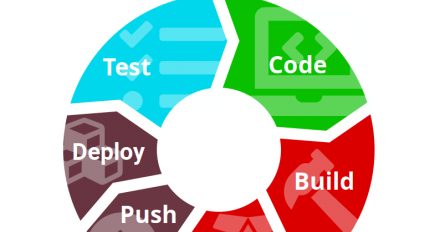
Are you productive when working on your microservices-based project, or is your laptop on fire? Learn why testing on production matters and how to do it.

Learn how to create an Ansible playbook to automate Quarkus workshop deployment onto an OpenShift 4 cluster with CodeReady Workspaces and Keycloak.